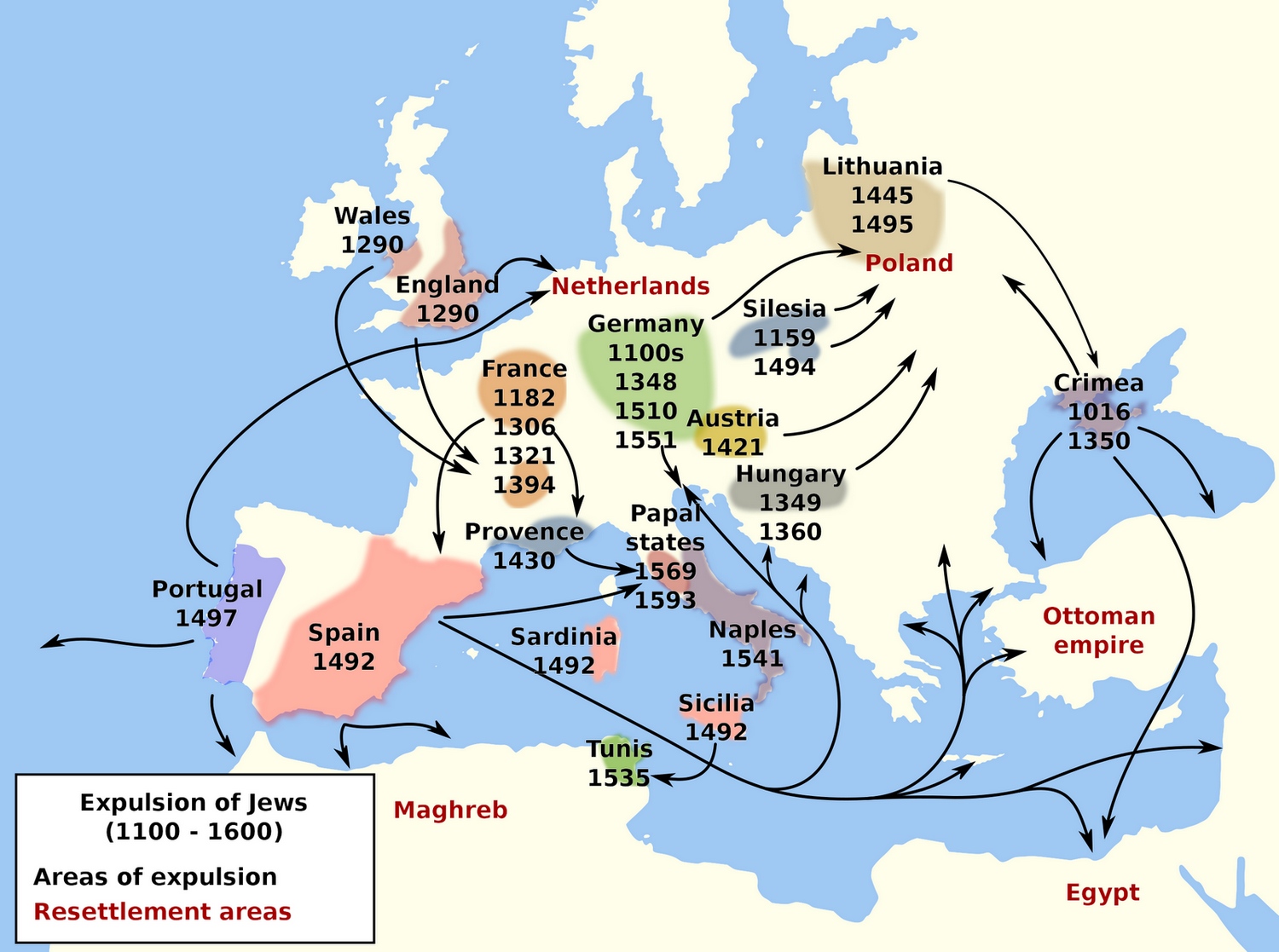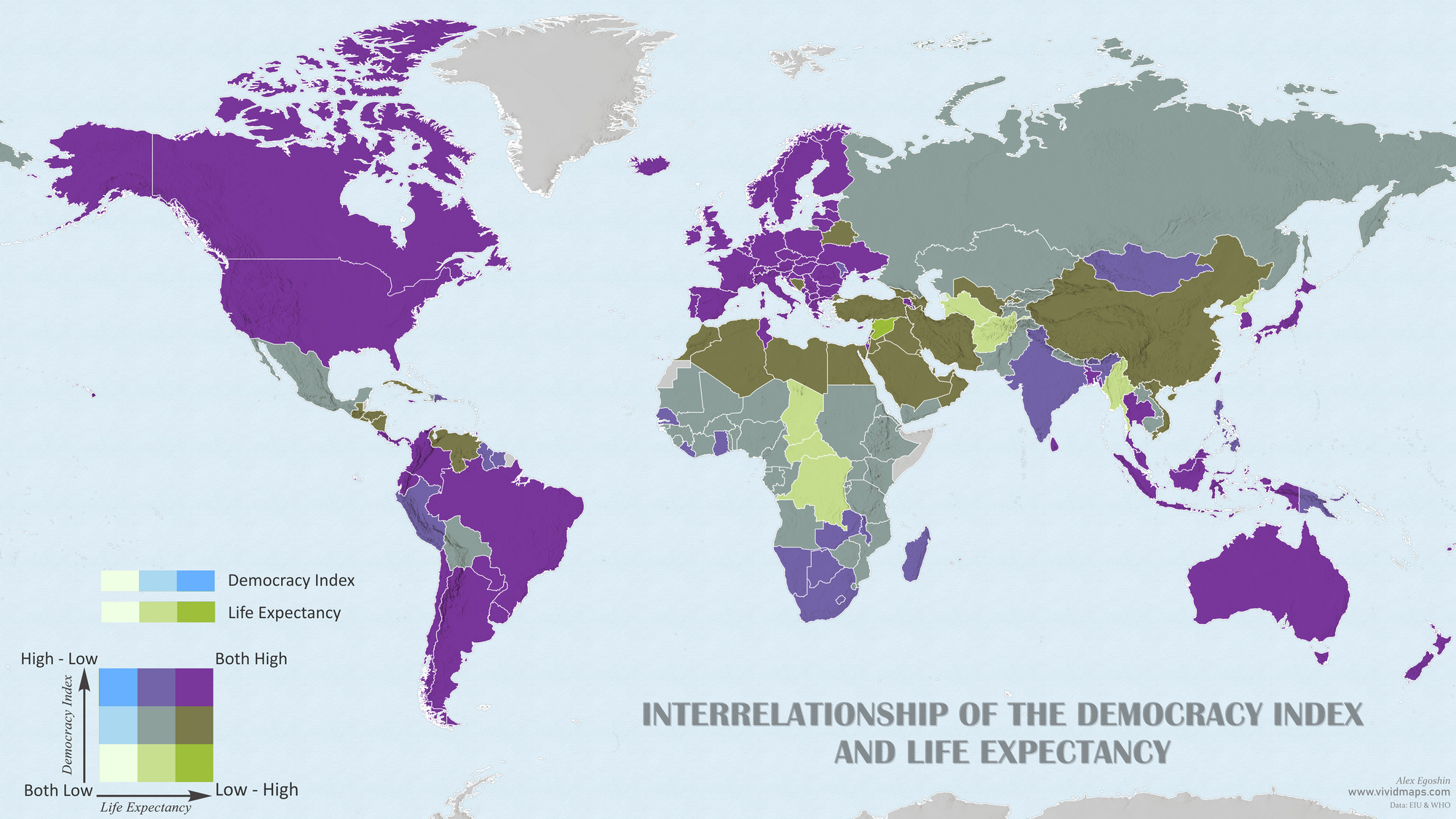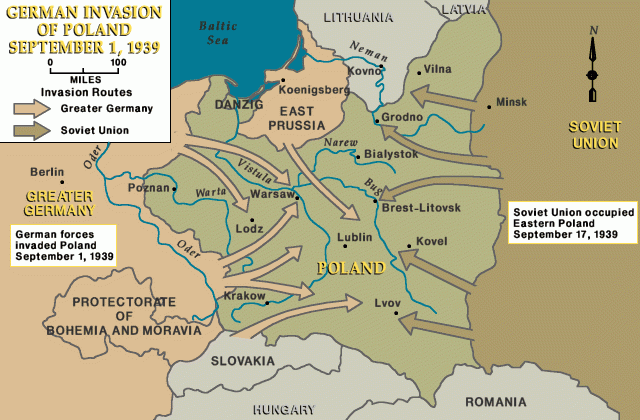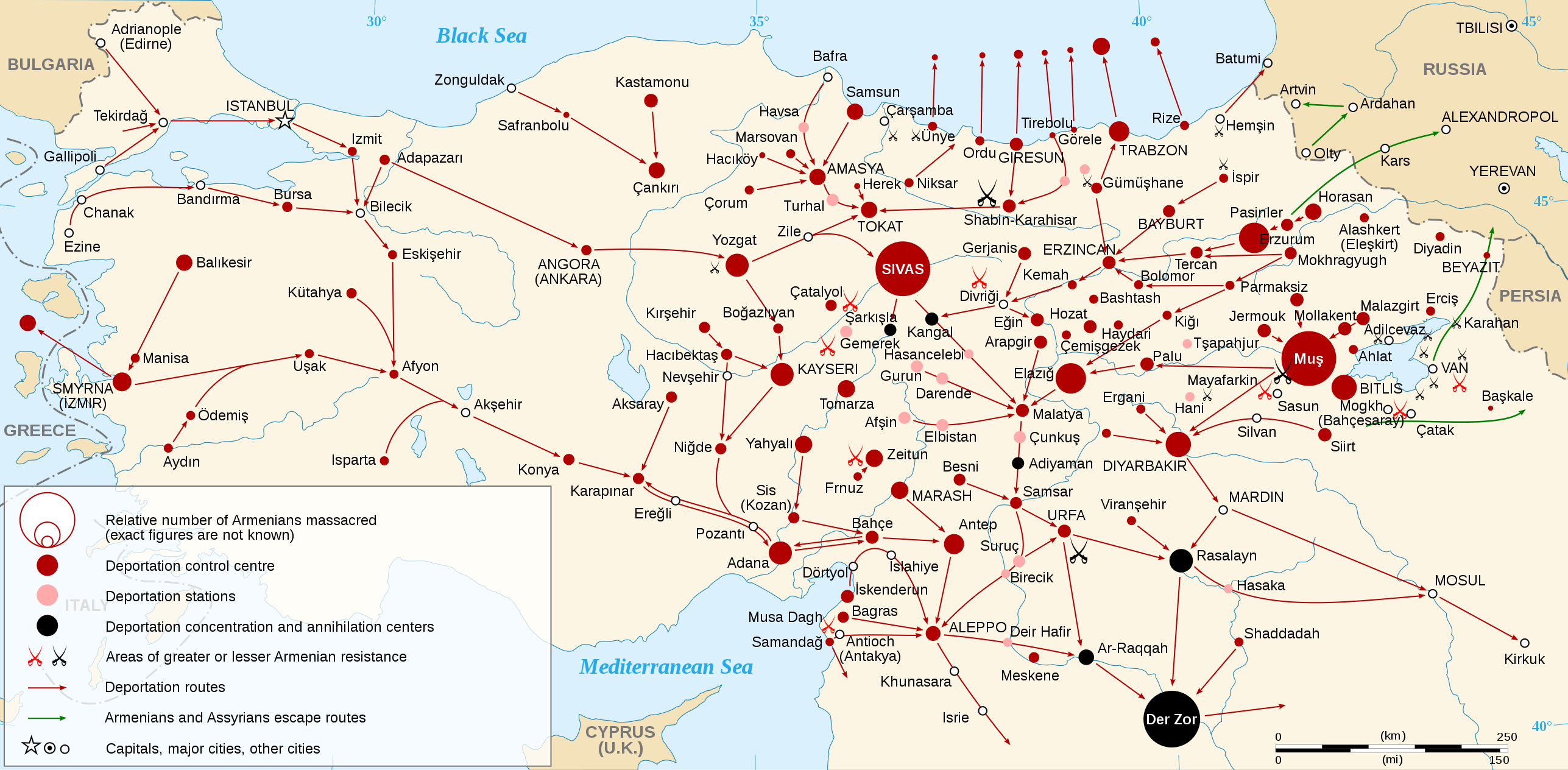Jews in Europe, 1933 vs 2017
From 1933 to 2017, the global Jewish population experienced significant changes due to historical events, including the Holocaust, migration, and natural population growth. Here is a general overview of the changes in the Jewish population during this period:
- Pre-World War II and Holocaust: In 1933, the global Jewish population was estimated to be around 15.3 million. However, during World War II, the Nazi regime implemented the systematic genocide of Jews known as the Holocaust, resulting in the murder of approximately six million Jews. This immense loss of life significantly impacted the Jewish population worldwide.
- Post-World War II and Jewish Displaced Persons: Following World War II, Jewish displaced persons (DPs) who survived the Holocaust sought refuge in various countries. This led to the establishment of refugee camps, particularly in Europe, where Jewish survivors awaited immigration to other countries, including Israel, the United States, and other destinations.
- Creation of the State of Israel: The establishment of the State of Israel in 1948 had a transformative effect on the Jewish population. It became a haven for Jewish refugees and immigrants, with Jews from various parts of the world, including Europe, the Middle East, and North Africa, immigrating to Israel. This significantly increased the Jewish population in the country.
- Post-Holocaust Jewish population recovery: After the Holocaust, efforts were made to rebuild Jewish communities and encourage population growth. Jewish populations in Europe and North America saw gradual recovery through natural growth and immigration.
- Jewish immigration to other countries: In addition to Israel, Jewish migration occurred to other parts of the world, including the United States, Canada, Australia, and Western Europe. Jews sought opportunities, political stability, and educational prospects in these countries, resulting in diverse Jewish communities.
- Natural population growth: The Jewish population also experienced natural growth through births and deaths. However, the natural growth rate varied across different regions, with some communities experiencing higher birth rates and others lower.
The map of Europe below from Holocaust Memorial Museum shows Jews in Europe in 1933 and today.

By 2017, the global Jewish population was estimated to be around 14.7 million. While the Jewish population has increased overall, it has not yet reached the pre-Holocaust levels. The distribution of the Jewish population has also shifted, with Israel now having the largest Jewish population followed by the United States.









This is one of the many reasons I admire the Scandinavians. Switzerland not so much.
Why? They barely maintained equal numbers when normal population growth should show significantly higher numbers.
Interestingly, the countries that show at least something resembling normal growth (not really, but growth anyway) are France and Spain- but I suspect this is largely because of movement of European Jews West as the Nazi’s came to power and then stuck around. I’m guessing once you factor out the holocaust and immigration to Israel, the vast majority of the rest ended up in the United States.
No the growth was post WWII. Most of it was Jewish migration from the Maghreb (North Africa) when those countries received or gained independence. In Algeria virtually all the Jews were expelled along with the French “Pied Noir” settlers. In Morocco it was a much longer process (from 1956). In Spain there was some migration of Sephardi Jews to Spain during the War. Franco let in about 8,000, mainly from Greece and Yugoslavia (who spoke Ladino, or Old Spanish).
The top 10 countries with the largest Core Jewish Populations (2013)
Israel – 6,014,300
United States – 5,425,000
France – 478,000
Canada – 380,000
United Kingdom – 290,000
Russian Federation – 190,000
Argentina – 181,500
Germany – 118,000
Australia – 112,500
Brazil – 95,200
En España estamos muy contentos de no tener judíos.